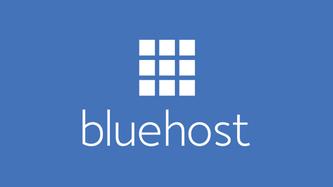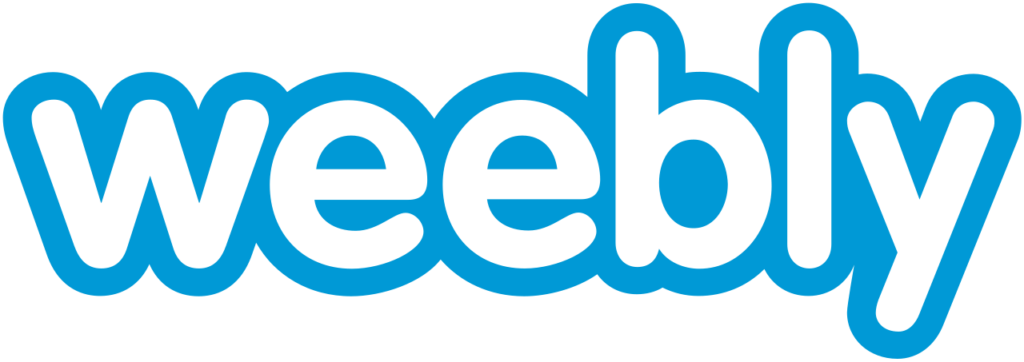How Bluehost Evolved to Become the Perfect Host
Since companies shifted their services and business online, web hosting services have been having a great business. With the Internet Age being in full force, such companies that help other companies in maintaining websites have been seeing tremendous growth. One such company, which was able to make use of the internet boom to capture a large market share is Bluehost. Here’s a look at how this web hosting company grew to be one of the biggest players in the market.
Founding Bluehost
Matt Heaton, is in no way a stranger to cyberspace, being a serial entrepreneur with a love for all things cyber-related. He opened Computer Warehouse at the age of 21, then moved on to Free50, and HostMonster, before adding Bluehost to his resume. Matt Heaton began Bluehost as a free service named 0catch.com. But soon enough the service became so popular that he could upgrade it to a paid service.
Therefore, he renamed the company and re-launched it as a shared-hosting service in 2003. Very affordable plans, great customer service, and unique features helped propel the brand as they became a standard in the industry. One of the biggest selling points of the company was the fact that it provided different price points. Hence, everyone from an individual running a business to a multi-national conglomerate could find what they were looking for on Bluehost.
Early Years and Growth
The company invested in research and did pioneering work in the field of server hosting. In 2009, they launched CPU throttling, which helped in reducing CPU usage whenever a user pulled too many resources. Whenever a user took up too much of the server resources the software drastically reduced their usage, shutting down their sites. This innovative method that helped prevent CPU burnout, also helped the company keep its resources in play effectively. Furthermore, it also served as a great warning to other users from doing the same thing, helping substantially to improve the hosting platform’s performance.
Another feature that helped Bluehost stand a class apart from competitors was the fact that their service was easy to use. The company used templates that even less technologically-savvy can navigate and figure out. Throughout their growth and expansion strategies, the company has stuck to its principle of making their layouts as simple as possible. By providing plug and play website templates, the company makes setting up and running your own website an easy affair. Moreover, Bluehost was also the first to advertise their uptime record, which helped build a feeling of reliability for their brand.
Sustained Growth and Success
Endurance International acquired Bluehost in 2010, due to its stellar performance in the years following its founding. Even after the acquisition by Endurance International Group, the company made it clear that BlueHost would continue to work under its own name. Some of the other holdings that Endurance International has to include FatCow, Hostgator, JustHost, and Mojo Marketplace.
A year later, CEO Matt Heaton stepped down to work on the platform’s structure and COO Dan Handy took over. Bluehost introduced their own VPS and dedicated hosting in 2013, further expanding their business, and acquiring a larger share of the market. The company provides various services now, such as shared, VPS, dedicated, cloud and WordPress hosting. Most of their servers run on PHP 7 and HTTP/2 caching. In 2015, Mike Olson took over as the CEO, while Handy moved to the field of mobile and application development for small-scale businesses.
The company ran into trouble in 2009, when they censored websites hosted by citizens of countries the US considered rogue states. Furthermore, in 2011, they had to take down a religious website they hosted for making insensitive comments on minorities. But quick thinking, good crisis recovery methods, and smart branding have helped them navigate through such controversies and maintain a great brand image.
Bluehost is one of the largest web hosts in the world, with over 2 million domains. They also play a major role in the working of their sister concerns, iPage, HostMonster, and FastDomain. Headquartered in a massive 50,000 square feet server facility in Utah with HostMonster, Bluehost has over 700 employees in that facility alone. They are pioneers in the field of hosting, having been one of the earliest analyzers of collaborative virtual learning programs. BlueHost has grown to become one of the most recognized names in the field of Webhosting with decades’ worth of experience and by utilizing smart business acumen.

Being a cinephile with a love for all things outdoorsy, Athulya never misses a chance to chase inspiring stories or poke fun at things, even when the subject is herself. Currently pursuing a degree in mechanical engineering, she is someone innately interested in technical and scientific research. Music reviews and op-eds define her as they allow her to explore different perspectives. Though sometimes she thinks she makes more sense playing the guitar than she does while writing.



